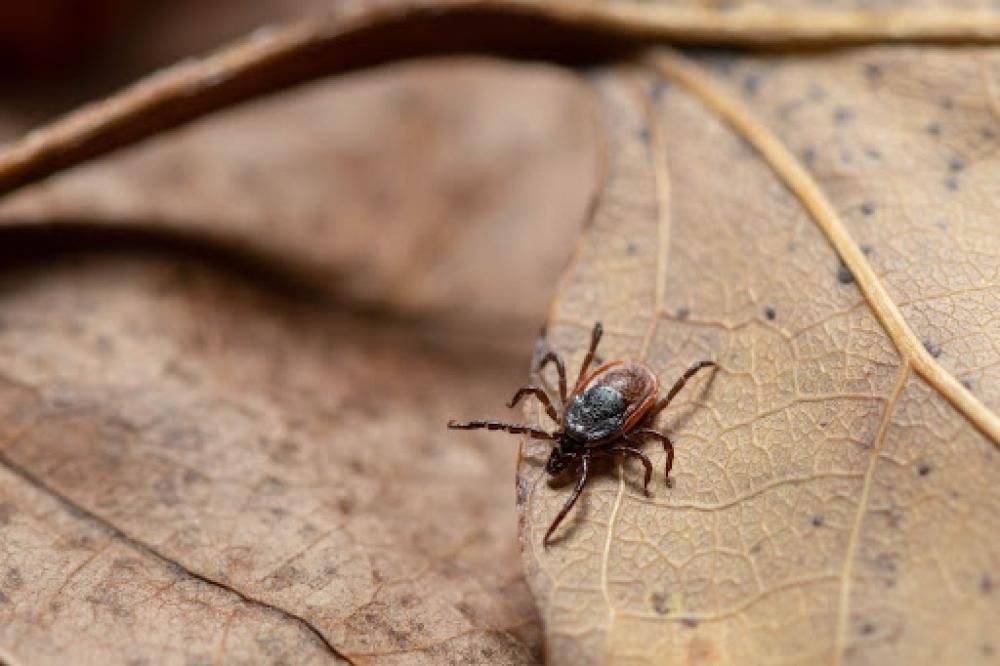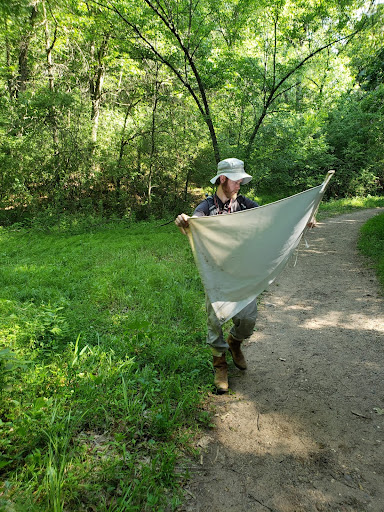New technology holds promise for getting ahead of tick-borne disease
September 5, 2023

Photo by Evan Kipp
A recent study led by researchers from the College of Veterinary Medicine (CVM) showed how a cutting-edge technology called nanopore adaptive sequencing (NAS) can be used to sequence the DNA of tick-borne pathogens. And unlike earlier technologies, this can be done rapidly, in the field, with minimal equipment—making it a viable approach to real-time pathogen surveillance that could have significant implications for public health.
Senior study authors Peter Larsen (CVM) and John Oliver (School of Public Health) have previously described the potential of the technology for enabling adaptive fieldwork—in other words, researchers can pivot to tracking specific bacteria of concern they’re identified via the global view of a tick’s pathogen landscape that NAS provides. In this “proof of concept” study, the researchers used NAS to sequence DNA of multiple bacterial tick-borne pathogens circulating in wild populations of the blacklegged tick, Ixodes scapularis.
The team collected ticks from five locations in Minnesota and Wisconsin between April 2017 and June 2019. They isolated total genomic DNA from eight adult female specimens (adult females are typically the only ticks that attach to a host to take blood) and found four tick-borne pathogens across all the samples.
As the study demonstrates, whereas traditional methods used to detect disease (i.e., PCR testing) require that a particular bacteria be targeted for testing, NAS can detect many pathogens simultaneously—and can do so without targeting those pathogens specifically. And it provides richer information that can be used for investigations beyond that initial identification, such as identifying specific strains within a pathogen.

“Beyond basic 'yes vs. no' detection findings, NAS enables us to stitch together large continuous portions of each bacterial pathogen genome, which in total are often over one million base pairs in length”—as opposed to the few hundred base pairs common with traditional sequencing, says Evan Kipp, PhD student in CVM’s department of Veterinary and Biomedical Sciences and first author on the study. “With NAS, we can use these genomic data to look at fine-scale patterns of pathogen evolution or movement across the landscape, as well as the potential genomic or genetic changes associated with increased disease-causing ability linked to certain pathogen groups or strains.”
As the technology and associated analyses improve, the researchers anticipate that it will provide unprecedented insights that can improve pathogen detection and surveillance, as well as disease diagnosis and treatment.
Read the full study in Nature Scientific Reports.


